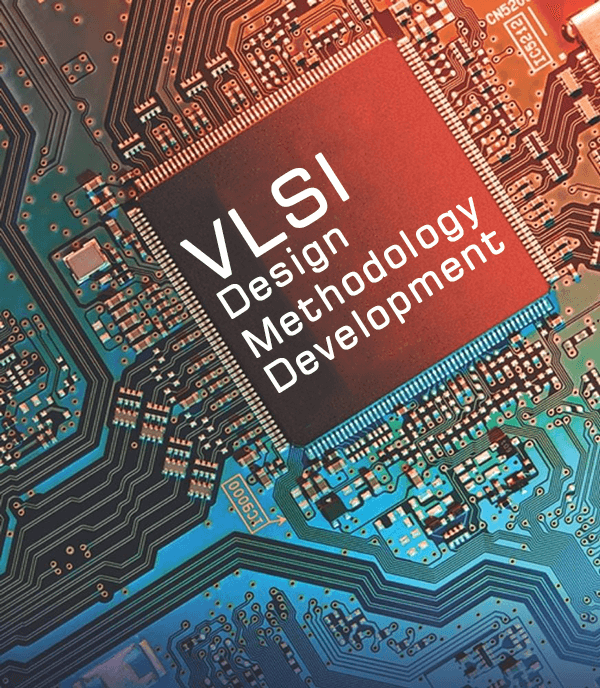VLSI Computations Presentation
| Introduction to VLSI Computations | ||
|---|---|---|
| VLSI stands for Very Large Scale Integration. VLSI computations involve designing and implementing integrated circuits with millions of transistors on a single chip. VLSI computations enable the development of complex systems such as microprocessors, GPUs, and microcontrollers. | ||
| 1 | ||
| VLSI Design Process | ||
|---|---|---|
| The VLSI design process involves several stages, including specification, architecture design, logic design, circuit design, layout design, and fabrication. Each stage requires specialized tools and expertise to ensure the successful implementation of the integrated circuit. VLSI design process aims to optimize performance, power consumption, and area utilization. | ||
| 2 | ||
| VLSI Computation Techniques | ||
|---|---|---|
| VLSI computations utilize various techniques such as Boolean logic, arithmetic operations, memory design, and control logic design. Boolean logic operations like AND, OR, and NOT gates are the building blocks of VLSI circuits. Arithmetic operations like addition, subtraction, multiplication, and division are implemented using arithmetic logic units (ALUs). | ||
| 3 | ||
| VLSI Design Challenges | ||
|---|---|---|
| VLSI design faces challenges such as power consumption, heat dissipation, signal integrity, and manufacturing variability. Power consumption is a critical concern due to the increasing complexity and integration of circuits. Signal integrity issues, such as noise, crosstalk, and delay, can affect the overall performance of the VLSI system. | ||
| 4 | ||
| VLSI Design Tools | ||
|---|---|---|
| VLSI design relies on various software tools such as Electronic Design Automation (EDA) tools, simulators, and layout editors. EDA tools provide functionalities for designing, simulating, and optimizing VLSI circuits. Simulators enable designers to test the behavior and performance of the circuit before fabrication. | ||
| 5 | ||
| VLSI Applications | ||
|---|---|---|
| VLSI computations are integral to various applications such as consumer electronics, telecommunications, automotive, and medical devices. Consumer electronics like smartphones, tablets, and smartwatches heavily rely on VLSI computations for advanced features and functionalities. VLSI computations also play a crucial role in the development of communication systems, including wireless networks and satellite communication. | ||
| 6 | ||
| Future Trends in VLSI Computations | ||
|---|---|---|
| The future of VLSI computations is focused on advancements such as nanoscale technology, low-power design, and system-on-chip integration. Nanoscale technology aims to further miniaturize transistors and improve circuit density. Low-power design techniques are essential to address power consumption challenges and enable energy-efficient VLSI systems. | ||
| 7 | ||
| VLSI Design Standards and Organizations | ||
|---|---|---|
| VLSI design follows industry standards such as IEEE 1076 (VHDL) and IEEE 1364 (Verilog). Organizations like the Semiconductor Industry Association (SIA) and the Institute of Electrical and Electronics Engineers (IEEE) contribute to the development and advancement of VLSI design. Your third bullet | ||
| 8 | ||
| Conclusion | ||
|---|---|---|
| VLSI computations have revolutionized the field of electronics by enabling the development of complex integrated circuits. VLSI design process involves multiple stages, challenges, and specialized tools. The future of VLSI computations holds promising advancements in nanoscale technology and low-power design. | ||
| 9 | ||
| References (download PPTX file for details) | ||
|---|---|---|
| S. M. Kang and Y. Leblebici, CMOS Digital Int... N. Weste and D. Harris, CMOS VLSI Design: A C... K. Roy and S. Mukhopadhyay, Low Power CMOS VL... |  | |
| 10 | ||




